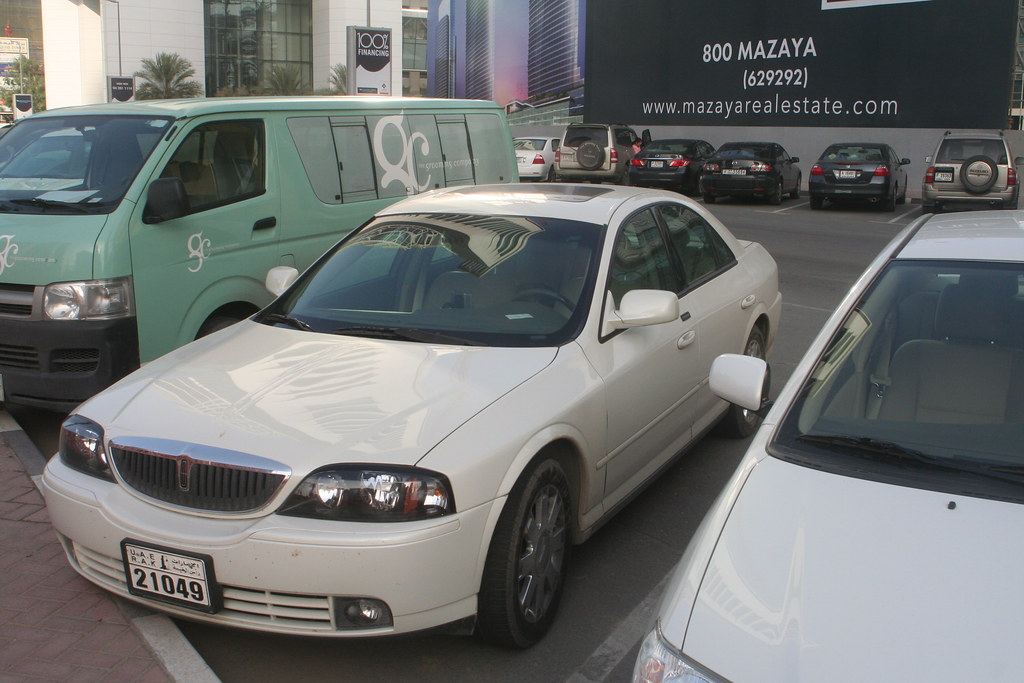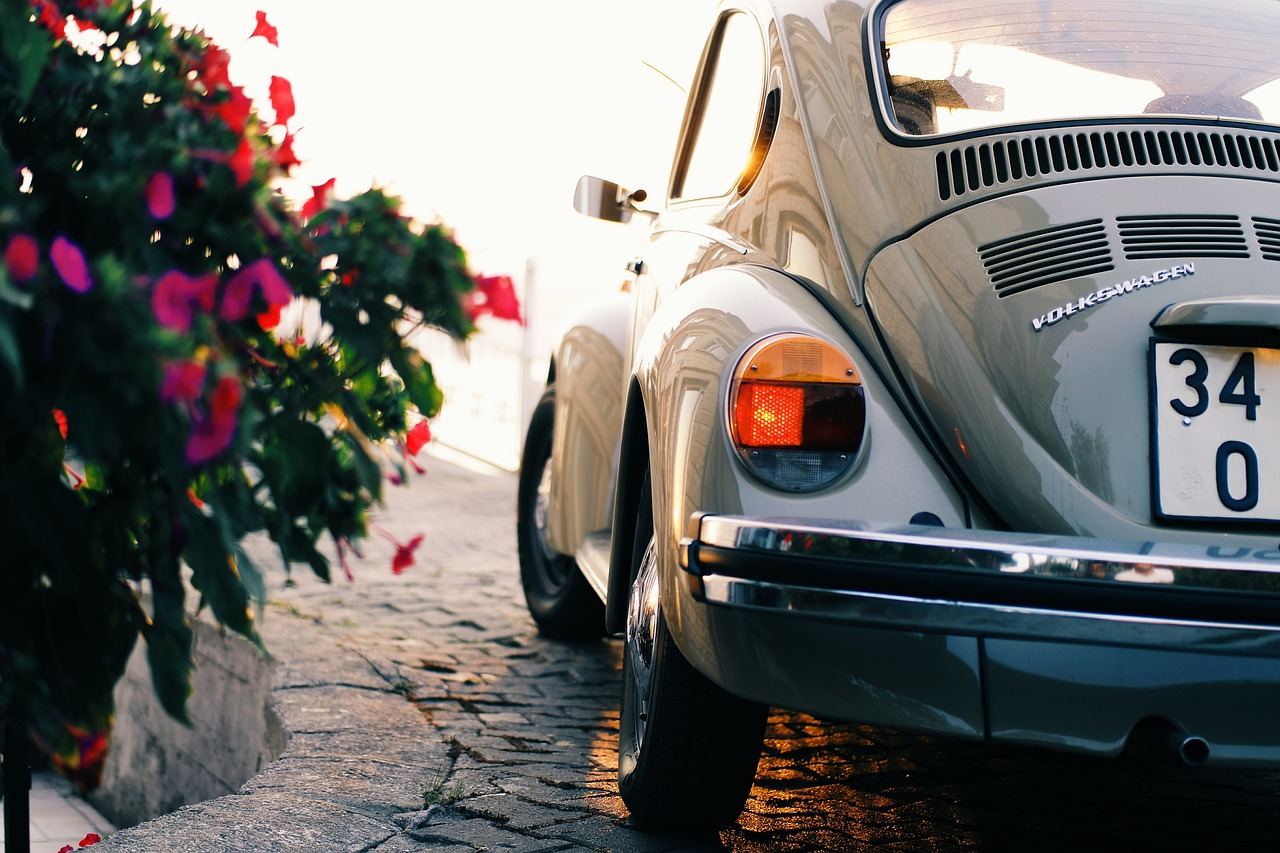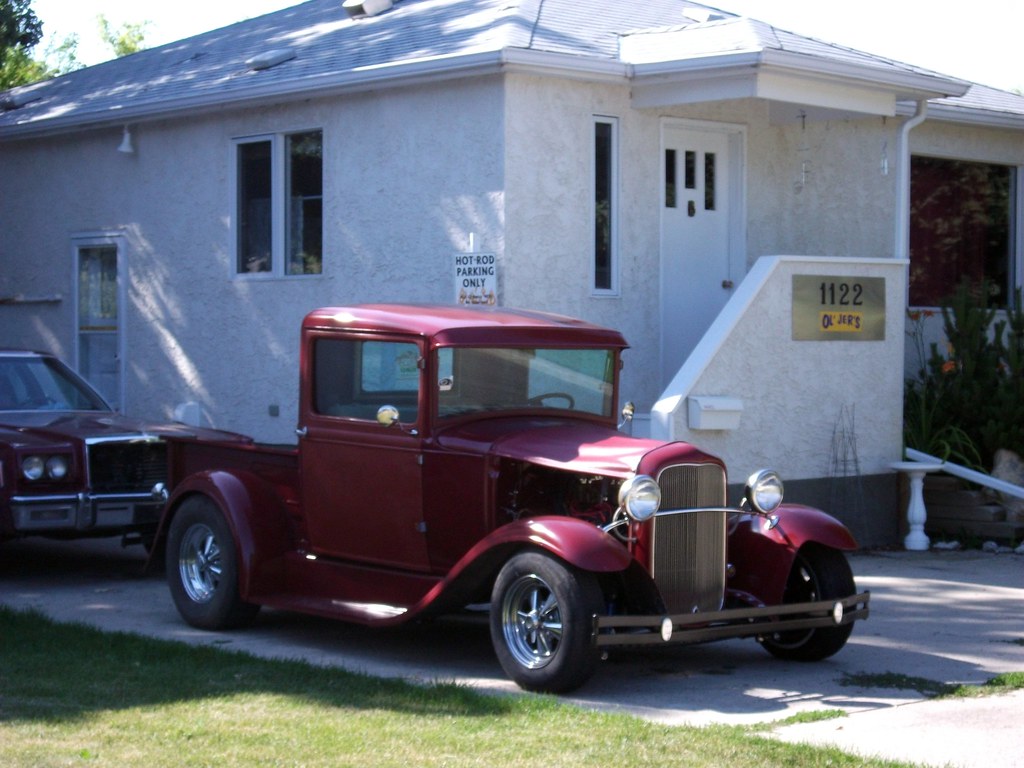
Car window tinting is far more than a mere aesthetic upgrade; it’s a strategic investment that significantly enhances your driving experience and protects your vehicle’s interior. This thin film, applied to the glass, plays a pivotal role in shielding against harmful UV rays, reducing uncomfortable glare, and boosting privacy. Beyond these direct benefits, a well-applied tint can keep your car’s interior cooler, thereby lessening the strain on your air conditioning system and potentially even improving fuel efficiency.
However, a common concern among car owners revolves around the longevity of their window tint, specifically, “How long does car window tint last before fading?” It’s a valid question, as the lifespan can vary dramatically based on numerous factors. From the initial choice of film to the meticulousness of its installation and the ongoing care it receives, every step influences how many years of peak performance you can expect.
In this comprehensive guide, we’ll delve into the essential practices and often-overlooked details that can help you extend your car’s window tint life for a decade or even longer. We’re not just talking about keeping it dark; we’re talking about preserving its integrity, its protective capabilities, and its sleek appearance. By making informed choices and adopting smart habits, you can maximize your investment and ensure your tint continues to deliver its full array of benefits for years to come.

1. **Choosing the Right Tint Type for Enduring Durability**The fundamental decision regarding the type of window tint you select is paramount to its overall longevity. Not all tints are created equal, and their underlying materials dictate their resilience against the elements and their ability to resist fading and deterioration over time. Understanding these distinctions is the first step toward securing a lasting tint.
Dyed window tint, while the most affordable option, is primarily designed to absorb solar heat. This type offers a decent appearance initially, but it is unfortunately the most prone to fading, with a typical lifespan of around five years. Its susceptibility to discoloration makes it a budget-friendly choice that often requires earlier replacement compared to more advanced films.
Moving up in durability, metalized window tints incorporate tiny metallic particles to reflect heat and UV rays. These tints are significantly more robust than dyed films, capable of lasting up to seven years. However, a crucial consideration for modern drivers is their potential to interfere with electronic signals, such as GPS and radio reception, which can be a significant drawback if you rely heavily on such devices.
Carbon window tints present a superior alternative, known for their fade-resistant properties and an impressive lifespan of approximately ten years. These tints provide an attractive matte finish, effectively blocking UV rays and reducing heat without the electronic interference associated with metalized films. Their consistent performance in maintaining interior temperatures makes them a highly popular and practical choice for long-term comfort and protection.
At the pinnacle of tint technology sits ceramic window tint, which offers the most premium and longest-lasting solution, often exceeding ten years in lifespan. Ceramic tints deliver exceptional UV protection and are remarkably resistant to fading, bubbling, or peeling due to their advanced nano-ceramic technology. Crucially, they excel at blocking infrared light, the primary source of heat from sunlight, all without interfering with electronic signals. This makes ceramic film the top choice for those prioritizing ultimate thermal control, UV protection, and unparalleled durability.
Read more about: 2025 Compact SUV Showdown: Unpacking Cargo Capacity, Comfort, and Value for Savvy Buyers
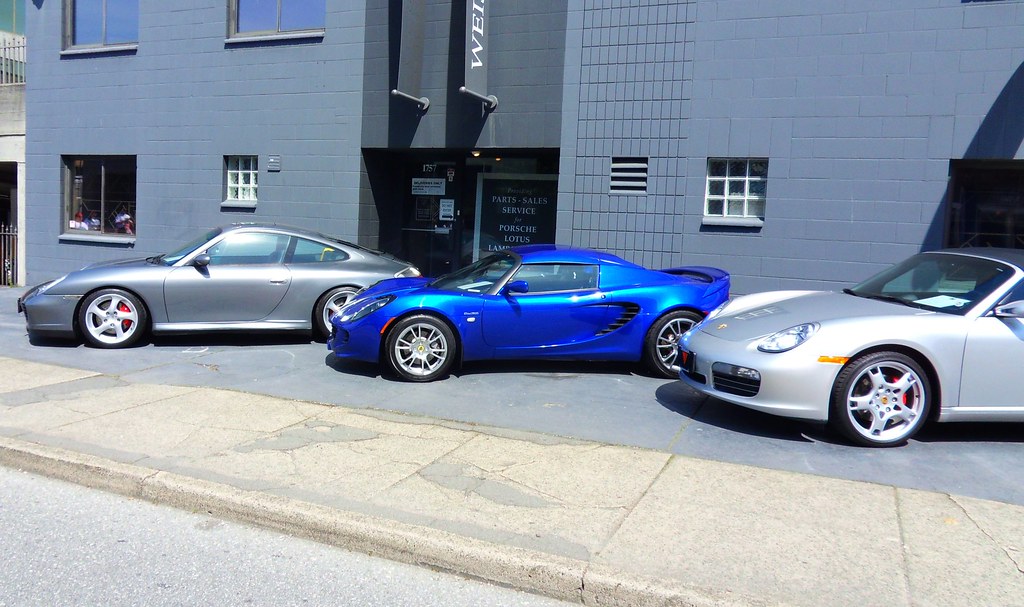
2. **The Unseen Art of Professional Installation**Even the most advanced, high-quality window film can fall short of its potential if not installed correctly. The quality of the installation process is, in fact, just as critical as the film itself when it comes to the longevity and effective performance of your window tint. A flawless application ensures the film adheres properly, maximizing its lifespan.
Poorly installed tints are significantly more susceptible to premature issues such as bubbling, peeling, or fading. These defects not only detract from your vehicle’s appearance but also compromise the tint’s functional benefits, like UV protection and heat rejection. Air pockets or misalignments can lead to the breakdown of the tint’s adhesive, drastically shortening its effective life.
Therefore, selecting professional installers with a proven track record and extensive experience is paramount. Skilled technicians utilize precision techniques and industry-leading brands to ensure the tint is applied without imperfections. This includes meticulous window cleaning, proper film installation, and perfect edge sealing, all of which prevent common contributors to untimely film failure such as trapped moisture and air.
Many reputable professional installers offer warranties on their work, providing an additional layer of security and peace of mind. This commitment to quality assures that your investment is protected and that the tint will perform as intended for years to come. Investing in professional installation from the outset is a decision that truly pays off in the long run, ensuring your tint looks great and functions flawlessly.
Read more about: A Parent’s Essential Guide: How to Choose and Flawlessly Install Your Child’s Car Seat for Ultimate Safety

3. **Shielding Your Tint from Relentless Sun Exposure**Direct sun exposure is undeniably one of the most significant adversaries of your car’s window tint, acting as a primary catalyst for fading and degradation. The relentless assault of UV rays can, over time, chemically break down the tint’s adhesive and color pigments, causing it to lose its vibrant hue and effectiveness. Vehicles consistently parked in open areas without any form of shade are particularly vulnerable to this damage.
To proactively combat this, adopting simple habits like parking in covered areas or utilizing sunshades whenever feasible can make a substantial difference. A garage, a carport, or even the shade of a large tree can significantly reduce the amount of direct sunlight your tint endures daily. This seemingly minor adjustment is a powerful defense mechanism against premature wear and tear.
Furthermore, investing in UV-reflective products, such as windshield sunshades or interior car curtains, provides an additional layer of protection. These accessories work synergistically with your window tint, creating a more robust barrier against harmful rays. They are especially beneficial for the windshield and rear window, where tinting options might be limited by local regulations, ensuring comprehensive interior protection.
Beyond preserving your tint, these protective measures offer broader advantages for your vehicle. By mitigating heat buildup and UV penetration, you safeguard your car’s interior upholstery, dashboard, and other components from fading, cracking, and deterioration. This dual benefit not only extends the life of your tint but also maintains the overall condition and resale value of your vehicle, highlighting the wisdom of such preventative actions.
Read more about: California Car Survival Guide: 13 Essential Tips to Shield Your Interior from Sun and Heat
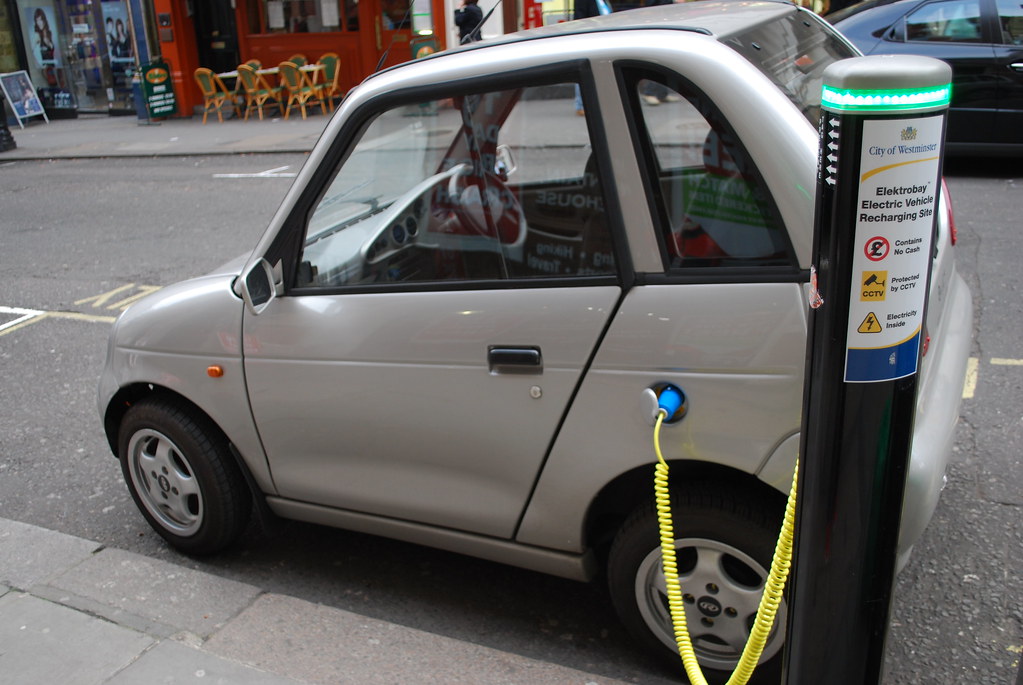
4. **Adapting Your Tint Care to Specific Climate Conditions**The geographical climate in which your vehicle operates plays a surprisingly substantial role in determining how long your window tint will remain effective and visually appealing. Environmental conditions, ranging from extreme heat to prolonged cold, can significantly influence the rate at which the tint film deteriorates. Understanding your local climate’s unique challenges is key to appropriate tint selection and maintenance.
In regions characterized by harsh weather, such as areas with intense, scorching summers or bitterly cold winters, window tints may experience accelerated wear. High humidity levels, prevalent in coastal areas, combined with salty air, can also contribute to the breakdown of the tint’s materials over time. These elements can weaken the film’s adhesive and compromise its structural integrity, leading to issues like peeling or bubbling.
Darker tints, while offering maximum privacy and a sleek look, tend to absorb more heat. In exceptionally hot climates, this increased heat absorption can, paradoxically, accelerate the wear of the film if not carefully chosen. The sustained thermal stress can test the limits of even high-quality films, making material choice even more critical in such environments.
Consequently, it becomes essential to select a tint type specifically designed to withstand the unique climatic pressures of your location. For instance, in perpetually sunny states like Arizona, or humid coastal zones, opting for ceramic tints known for their superior heat and UV resistance is a wise investment. Regular maintenance practices, tailored to mitigate these environmental effects, further bolster the tint’s defense and prolong its lifespan, ensuring it remains resilient against the elements.
Read more about: Beyond the Boarding Pass: 14 Eye-Opening Airport Realities Every Traveler Needs to Unmask
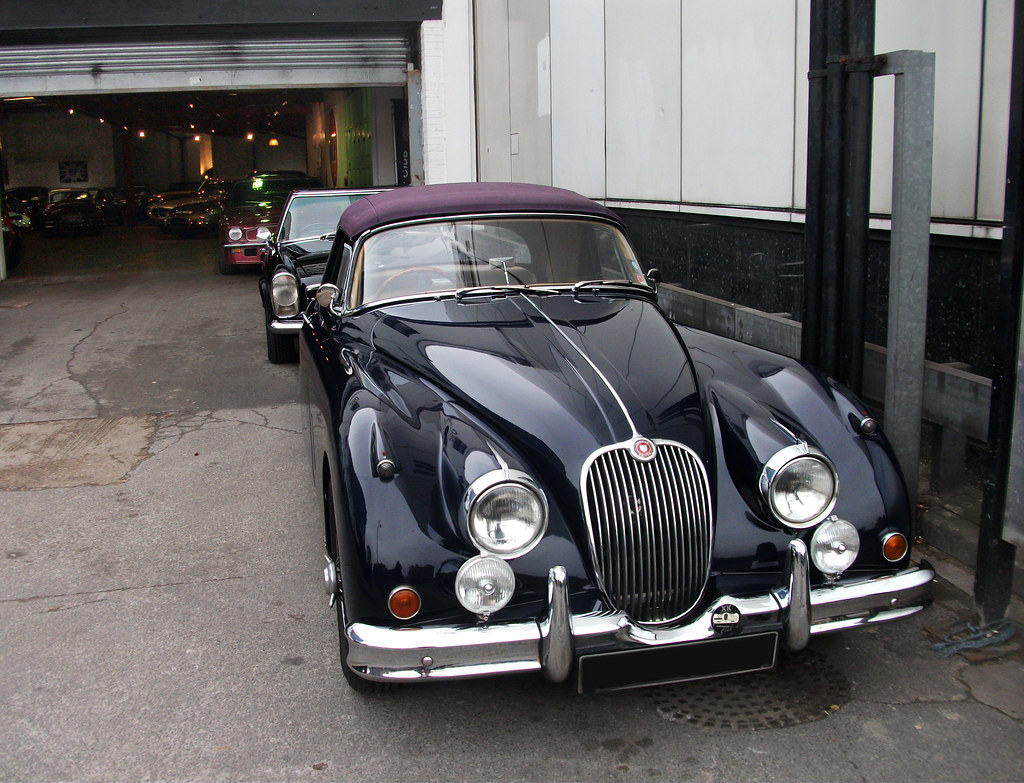
5. **Mastering the Art of Ammonia-Free Cleaning Techniques**Proper cleaning and maintenance are not merely about keeping your tinted windows sparkling; they are vital practices that directly impact the longevity and performance of the film. Using the wrong cleaning products is one of the most common yet avoidable ways car owners inadvertently shorten their tint’s life. Understanding what to use, and what to absolutely avoid, is crucial for preserving your investment.
Harsh chemicals, particularly those containing ammonia, pose a significant threat to window tint. Ammonia-based cleaners can aggressively eat away at the tint’s adhesive layer, leading to a cascade of undesirable issues such as bubbling, streaking, haziness, and even outright peeling. This chemical degradation compromises the film’s bond to the glass, making it susceptible to premature failure and discoloration.
Instead, the golden rule for cleaning tinted windows is to use only mild, non-ammonia-based cleaners. These specialized solutions are formulated to effectively clean the film without attacking its integrity. Many glass cleaners explicitly state they are “ammonia-free” or “tint-safe,” making the choice straightforward for conscientious car owners. This simple switch can protect your tint from irreparable chemical damage.
When applying the cleaner, always use a soft microfiber cloth. The gentle texture of microfiber prevents scratching or abrading the tint surface, which can happen with rougher materials. Employ gentle, circular motions during cleaning to lift dirt and grime effectively without exerting excessive pressure or pulling on the film’s edges. This careful approach ensures your tint maintains its pristine appearance and functional capabilities for many years.
Regularly inspecting for dirt and cleaning promptly with the correct products prevents the buildup of contaminants that could otherwise etch into or degrade the film over time. By adopting these mindful cleaning habits, you actively prolong the life of your tint, keeping it clear, functional, and looking its best, thereby safeguarding your vehicle’s aesthetic appeal and interior protection.
Read more about: Unlock Top Dollar: The Ultimate Popular Mechanics Guide to Boosting Your Car’s Resale Value Through Smart Detailing
6. **Respecting the Crucial Post-Installation Curing Period**The period immediately following window tint installation is a critical phase that profoundly influences the film’s long-term adhesion and overall lifespan. This vital timeframe is known as the curing period, during which the adhesive bonds securely to the glass. Neglecting this crucial stage can lead to premature issues that compromise the tint’s durability and appearance.
It is absolutely essential to avoid rolling down your windows for the first few days, or ideally, up to 30 days, after installation. This waiting period allows the tint adhesive sufficient time to fully set and cure. When windows are rolled down too soon, the edges of the film can peel away or shift, disrupting the adhesive bond and leading to bubbles, creases, or complete film detachment. Such damage is often irreversible without professional intervention.
The curing process ensures that the film forms a robust, seamless connection with the glass. During this time, residual moisture between the film and the glass needs to evaporate. You might observe a hazy or mottled appearance, which is normal and will clear as the tint dries. Interfering with this process by rolling down windows or attempting to clean too aggressively can trap moisture or introduce air, leading to permanent flaws.
Professional installers will always provide specific guidance on the recommended curing time for the type of tint applied and the prevailing weather conditions. Following these instructions meticulously is a non-negotiable step in ensuring the longevity of your investment. This patience pays off by allowing the tint to achieve its maximum adhesion and durability, preventing common post-installation failures.
By respecting this initial period of vulnerability, you empower the tint to properly bond, thereby enhancing its resistance to peeling, bubbling, and premature degradation. It’s a simple act of diligence that acts as a powerful safeguard for the film’s integrity, ensuring it continues to perform beautifully and protect your vehicle for years to come without issues related to adhesive failure.
Navigating the open road with windows perfectly tinted is a truly satisfying experience, offering a blend of privacy, comfort, and protection. Yet, the journey to a decade of flawless tint performance extends beyond the initial choices and installation. It demands ongoing vigilance, smart habits, and a keen eye for detail. This second part of our comprehensive guide delves into the sustained practices and critical indicators that empower you to keep your car’s window tint in peak condition, ensuring it continues to serve you faithfully for years to come. Think of this as your long-term maintenance manual for an enduring, high-performance tint.
Read more about: Mastering Your Ride: A Comprehensive Guide to Selecting the Perfect Wheel and Tire Combination for Optimal Performance and Safety
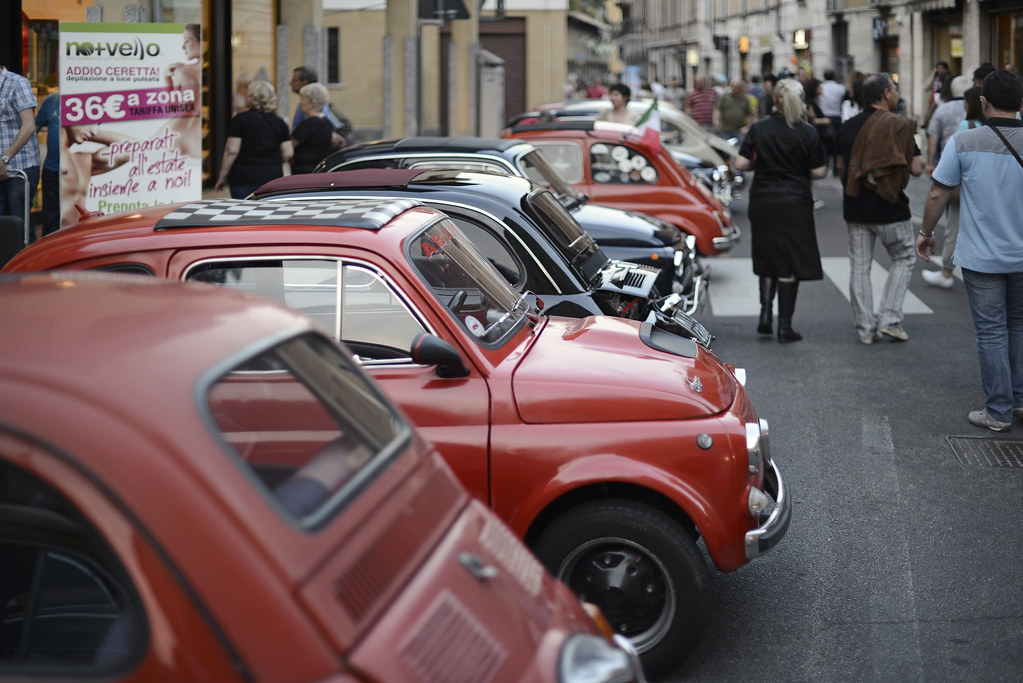
7. **Cultivating Mindful Habits for Interior Protection**Beyond the initial curing and the regular, gentle wash, the longevity of your window tint is significantly influenced by the daily habits you adopt within your vehicle. It’s about more than just avoiding harsh chemicals; it’s about preventing physical damage and mitigating environmental stressors that continuously chip away at your tint’s integrity. Embracing a mindset of mindful interaction with your car’s interior can dramatically extend the life of your tint, preserving both its function and its pristine appearance.
One of the most common yet overlooked culprits of tint damage stems from everyday items clanking against the window edges. Seatbelt buckles are a prime example; when unfastened, they often swing and strike the glass, potentially scratching or nicking the tint film along the bottom or side edges. Similarly, any loose items carried in the car, from tools to shopping bags, can inadvertently rub against or impact the tinted surface. A simple habit of guiding seatbelts back into place or securing loose cargo can prevent these minor, but cumulative, damages that compromise the film over time.
While we discussed sun exposure earlier as a primary adversary, its mitigation is also an ongoing habit. Consistently parking in shaded areas or within a garage whenever feasible acts as a continuous defense against the relentless assault of UV rays. For those times when shade is unavailable, deploying a high-quality windshield sunshade and even interior car curtains for side windows can significantly reduce direct sun exposure. These accessories work in concert with your tint, adding a robust layer of protection that safeguards both the tint’s color stability and its adhesive bond.
These mindful habits aren’t just about protecting the tint itself; they contribute to the overall preservation of your vehicle’s interior. By reducing direct sunlight and preventing physical abrasions, you’re simultaneously extending the life of your dashboard, upholstery, and other interior components, shielding them from fading, cracking, and deterioration. This integrated approach ensures that your investment in window tinting yields multifaceted returns, maintaining the aesthetic and functional integrity of your entire car for the long haul.
Read more about: Unlocking Longevity: 12 Simple Habits That Will Add Years to Your Car’s Lifespan

8. **Regular Inspections: Your Early Warning System for Tint Health**Just as you regularly check your car’s oil or tire pressure, periodic inspections of your window tint are a non-negotiable step in ensuring its longevity. This isn’t about professional diagnostics every month, but rather taking a few moments every few months to thoroughly examine the film yourself. Think of it as your personal early warning system, allowing you to catch minor issues before they escalate into costly and unsightly problems that demand full tint replacement.
During your inspection, pay close attention to several key indicators. Start by visually scanning the entire surface of each tinted window for any signs of bubbling, even small ones. Check the edges of the film particularly; any lifting, peeling, or fraying along the perimeter of the glass is a red flag. Look for unexpected streaks, haziness, or an uneven appearance that doesn’t clear with a gentle cleaning. Finally, carefully feel the surface for any unusual textures or imperfections that might indicate damage or breakdown of the film.
What makes these regular checks so powerful is the advantage of early detection. A tiny bubble, if caught soon enough, might be a sign of a minor adhesion issue that a professional could potentially address without replacing the entire panel. A small lift at an edge could be resealed before it expands. These small areas, if left unaddressed, have a notorious tendency to worsen over time, transforming into much larger problems that compromise the tint’s effectiveness and visual appeal, often beyond repair.
If you do spot any of these warning signs, the next step is to consult with a professional. While some issues might seem minor, attempting a DIY fix on modern window tint can often do more harm than good, leading to permanent damage. A reputable tint installer can accurately assess the problem, determine its root cause, and recommend the most effective solution, whether it’s a small repair or a section replacement, ultimately preserving your investment and maintaining the pristine look of your vehicle.
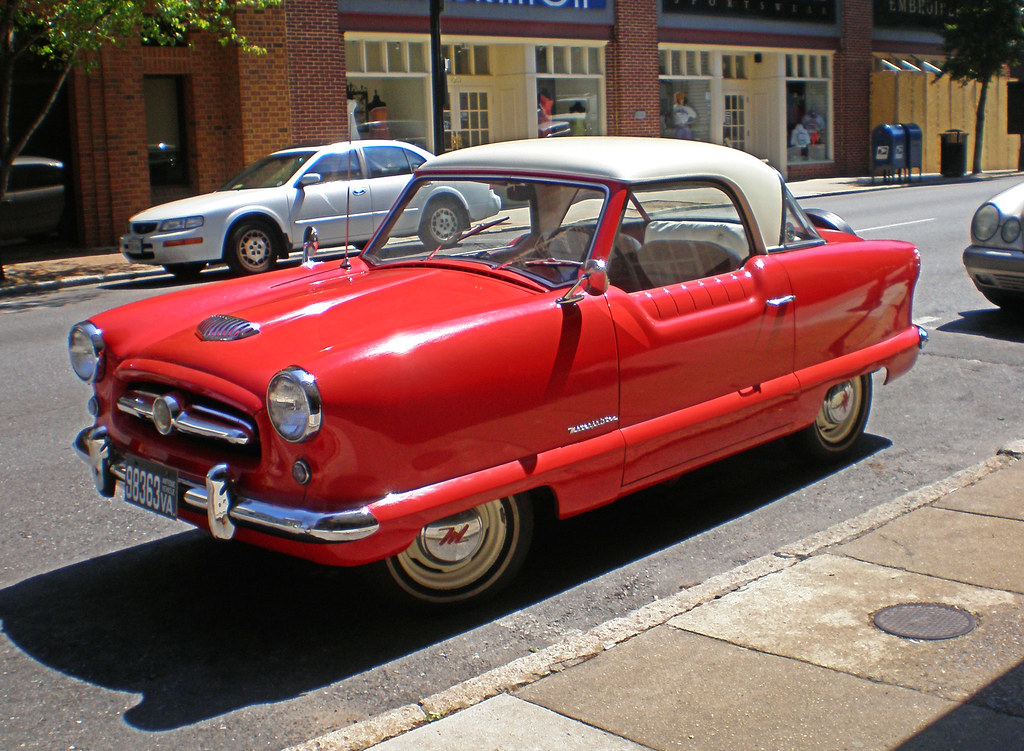
9. **Recognizing the Red Flags: Fading and Discoloration**One of the most visually apparent and common signs that your car window tint is nearing the end of its effective life is a noticeable shift in its color—the dreaded fading or discoloration. What was once a sleek, deep black or charcoal hue can, over time, transform into something far less desirable. This change is more than just an aesthetic annoyance; it’s a critical indicator that the protective properties of your tint are diminishing.
The manifestation of fading can vary, but common signs include a tint that takes on a purplish or brownish hue, or simply appears dull, patchy, and uneven across the window. This color degradation is primarily caused by prolonged exposure to ultraviolet (UV) rays from the sun, which chemically break down the dye or pigment within the tint film. Lower-quality dyed films are particularly susceptible to this, often showing signs of discoloration much earlier than their carbon or ceramic counterparts, whose advanced constructions are specifically designed to resist UV degradation.
Crucially, this color shift is a direct signal of reduced performance. When the dye or pigment breaks down, so too does the film’s ability to effectively block harmful UV rays and reject solar heat. This means your car’s interior is once again vulnerable to sun damage, leading to accelerated fading and cracking of upholstery and dashboard components. Furthermore, the diminished heat rejection capability means your cabin will likely feel warmer, putting extra strain on your air conditioning system and reducing overall comfort.
Therefore, if you observe your tint losing its original vibrant color and adopting a purplish or uneven appearance, it’s a clear signal that its protective efficacy is compromised. While a minor, uniform lightening might be a slow, natural process, a distinct color shift indicates a breakdown in the film’s chemical structure. At this point, it’s advisable to consider replacement. Investing in a new, high-quality tint will restore not only your vehicle’s aesthetic appeal but, more importantly, its full spectrum of UV protection and heat reduction benefits.
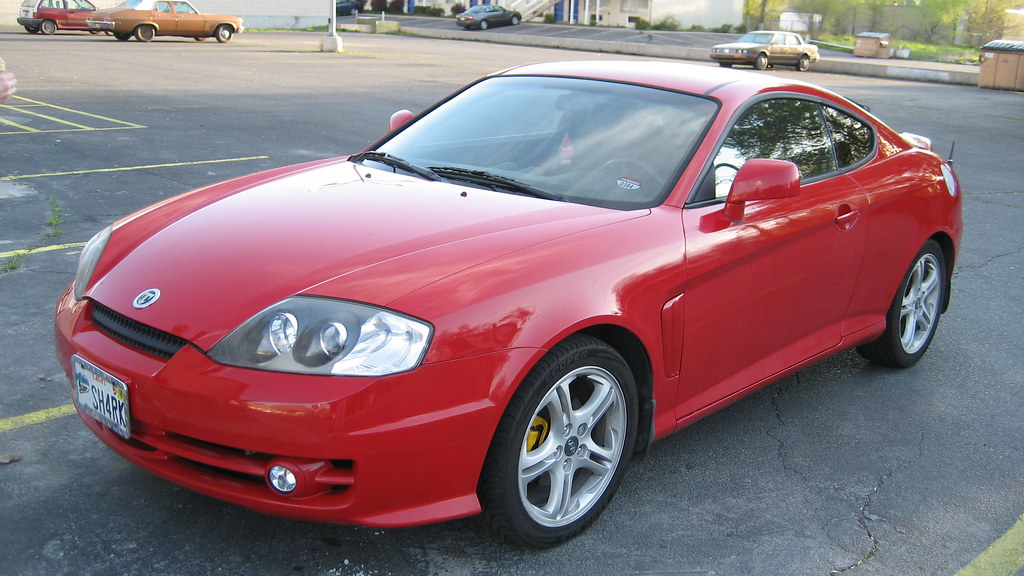
10. **Promptly Addressing Peeling and Bubbling Issues**Few things are as visually disruptive or functionally detrimental to window tint as the appearance of peeling and bubbling. These issues are unequivocal red flags, clearly indicating a breakdown in the film’s adhesion to the glass. Ignoring them is not an option, as they not only detract significantly from your vehicle’s appearance but also signal a severe compromise in the tint’s protective capabilities and overall structural integrity.
Bubbles often manifest as small, trapped pockets of air or moisture beneath the film, ranging from tiny pins to larger, unsightly blisters. Peeling, conversely, typically begins at the edges of the window, where the film lifts away from the glass. Both problems typically arise when the adhesive layer breaks down. This can be due to a variety of factors: poor initial installation where the glass wasn’t meticulously cleaned, allowing contaminants to compromise the bond; premature rolling down of windows during the critical curing period; or, most commonly, prolonged exposure to harsh environmental conditions, intense heat, or simply the natural aging process of the adhesive.
It’s imperative to understand that peeling and bubbling are not static problems; once they begin, they tend to spread rapidly. A small bubble can expand, and a minor lift at an edge can quickly become a significant peel, exposing more of the adhesive to elements and accelerating the damage. This deterioration severely impacts the tint’s ability to provide UV protection, heat rejection, and glare reduction, rendering it largely ineffective in its primary functions.
When you observe any signs of peeling or bubbling, swift action is essential. Do not attempt to pop bubbles or re-adhere peeling sections yourself, as this almost always leads to irreversible damage and a worse outcome. Instead, it is crucial to seek professional assistance immediately. Experienced technicians have the tools and expertise to assess the extent of the damage and recommend whether a repair is possible or if a full film replacement is necessary for the affected window. Prompt professional intervention can prevent further deterioration, maintain your vehicle’s aesthetic, and restore the full protective benefits of your tint.
Read more about: The Comprehensive Guide: Protecting Your Car’s Undercarriage from Winter Salt Damage
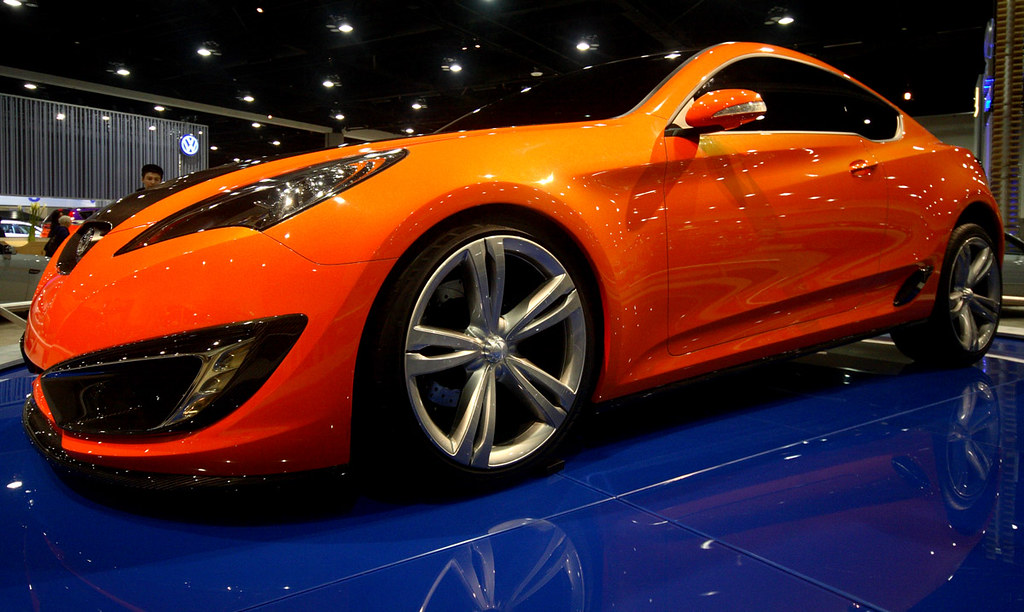
11. **Identifying Diminished Heat Rejection as a Performance Indicator**While fading and peeling are visibly obvious indicators of tint degradation, a more subtle yet equally crucial sign that your tint is losing its battle against the elements is a noticeable reduction in its heat rejection capabilities. One of the primary reasons car owners invest in tinting is to keep their vehicle’s interior cooler, mitigating the intense heat buildup caused by solar radiation. When your tint starts to fail in this fundamental aspect, it’s a clear signal that its protective and comfort-enhancing properties are compromised.
How do you spot this? Pay attention to the interior temperature of your car on sunny days. If your vehicle feels significantly warmer than it used to, or if your air conditioning system seems to be working harder and longer to achieve a comfortable cabin temperature, your tint’s heat-blocking effectiveness might be waning. This is particularly true for premium films like ceramic or carbon tints, which are specifically engineered to block a high percentage of infrared light – the primary source of solar heat.
The breakdown of a tint’s heat rejection often occurs due to the degradation of the film’s specialized layers or materials. For example, in ceramic tints, the nano-ceramic particles responsible for reflecting infrared light can, over many years and under extreme conditions, lose some of their efficacy. In carbon films, the carbon particles may similarly degrade. This compromises the film’s ability to absorb or reflect solar energy, allowing more heat to pass through the glass and into your car.
Recognizing diminished heat rejection goes beyond comfort. A hotter interior puts additional strain on your vehicle’s climate control system, potentially leading to increased fuel consumption as the AC works overtime. More importantly, prolonged exposure to higher internal temperatures accelerates the degradation of your car’s interior materials, such as plastics, leather, and fabrics. Therefore, if your cabin feels like a furnace on sunny days, it’s a strong performance indicator that your tint needs attention, and possibly replacement, to restore optimal climate control and interior protection.
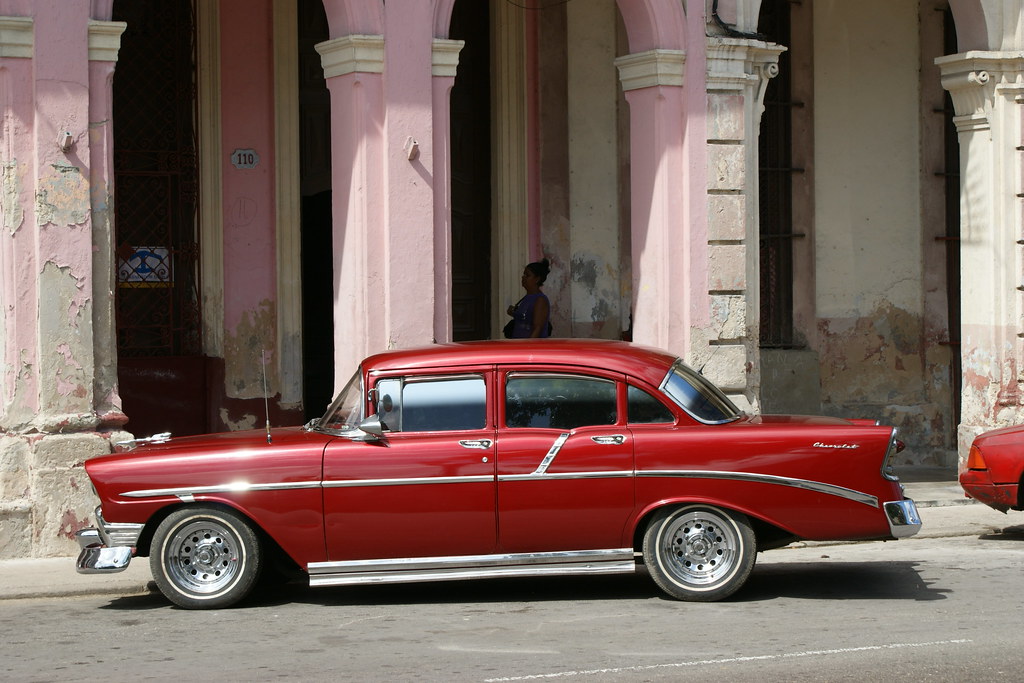
12. **Navigating the Legal Landscape of Automotive Window Tinting**Amidst all the considerations for tint longevity and maintenance, there’s a crucial aspect that often gets overlooked by car owners: the legal landscape of automotive window tinting. Window tint laws vary significantly by region, state, and even local jurisdiction, and what’s permissible in one area might be strictly illegal in another. Understanding and adhering to these regulations is not just a matter of compliance; it’s a safeguard against fines, citations, and potential complications with vehicle inspections or insurance.
The core of window tint law revolves around Visible Light Transmission (VLT), which is the percentage of visible light allowed to pass through the combined film and glass. For instance, a “15% tint” allows only 15% of visible light through. These VLT limits are typically different for the front windshield, front side windows, rear side windows, and the rear window. It’s common for front windows to have stricter, lighter tint limits to ensure driver visibility, while rear windows often permit darker applications. For example, a 15% or 20% tint might be legal for rear windows in some regions but strictly prohibited for front side windows.
Making assumptions about tint legality based on what you see on other vehicles or what was legal in a previous state is a common pitfall. Laws can change, and enforcement can vary. It is absolutely essential to research and confirm the specific window tint regulations for your current locality before installing new tint or considering replacements. Many states provide this information on their Department of Motor Vehicles (DMV) websites, and reputable professional tint installers are also excellent resources, as they are typically well-versed in local statutes.
Non-compliance with tint laws can lead to significant consequences, including fines that can add up with each stop, mandatory removal of illegal tint (often at your expense), and potential issues passing vehicle safety inspections. In some cases, repeated violations could even impact your insurance. Therefore, as you consider maintaining or upgrading your tint, always verify that your chosen VLT percentages align with current local laws. This diligent check ensures your vehicle remains legally compliant, allowing you to enjoy the benefits of tinting without unnecessary legal headaches.
Read more about: Rev Your Engines: A Gearhead’s Guide to the 14 Most Iconic Classic Cars of All Time
So there you have it: a decade-long roadmap to preserving your car’s window tint. From making smart choices at the outset to adopting diligent daily habits and knowing when to spot the subtle signs of wear, every step is a testament to the fact that longevity isn’t just about luck—it’s about intelligent, proactive care. Your window tint is more than a dark film; it’s a shield against harsh rays, a guardian of privacy, and a silent contributor to your vehicle’s comfort and style. By integrating these expert tips into your routine, you’re not just maintaining an accessory; you’re investing in enduring performance, ensuring your ride looks sharp and feels fantastic for countless miles to come. Here’s to clear views and cool interiors for the next ten years, and beyond!

